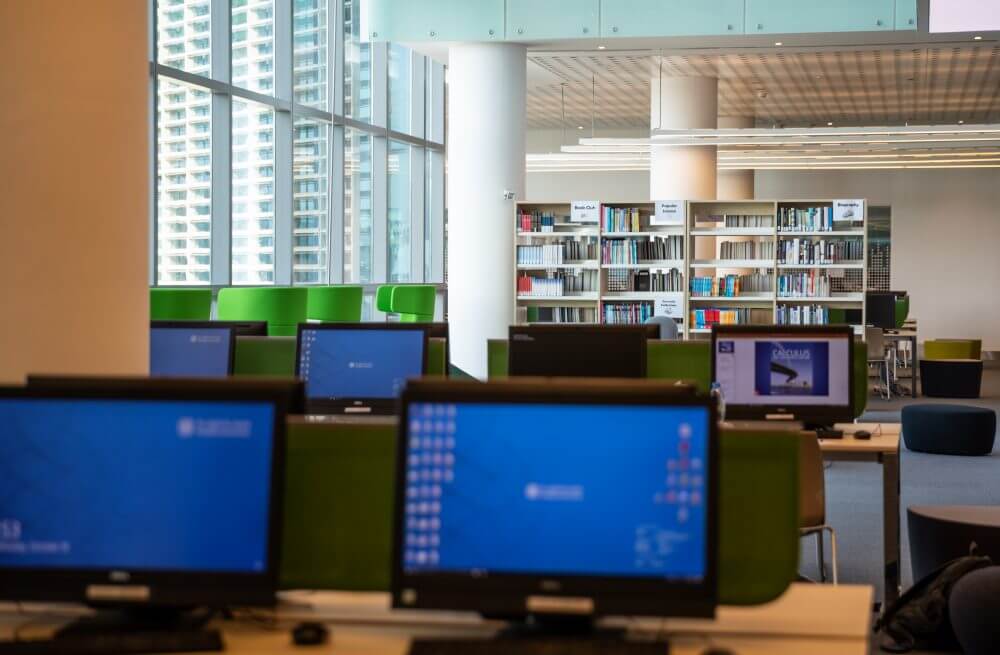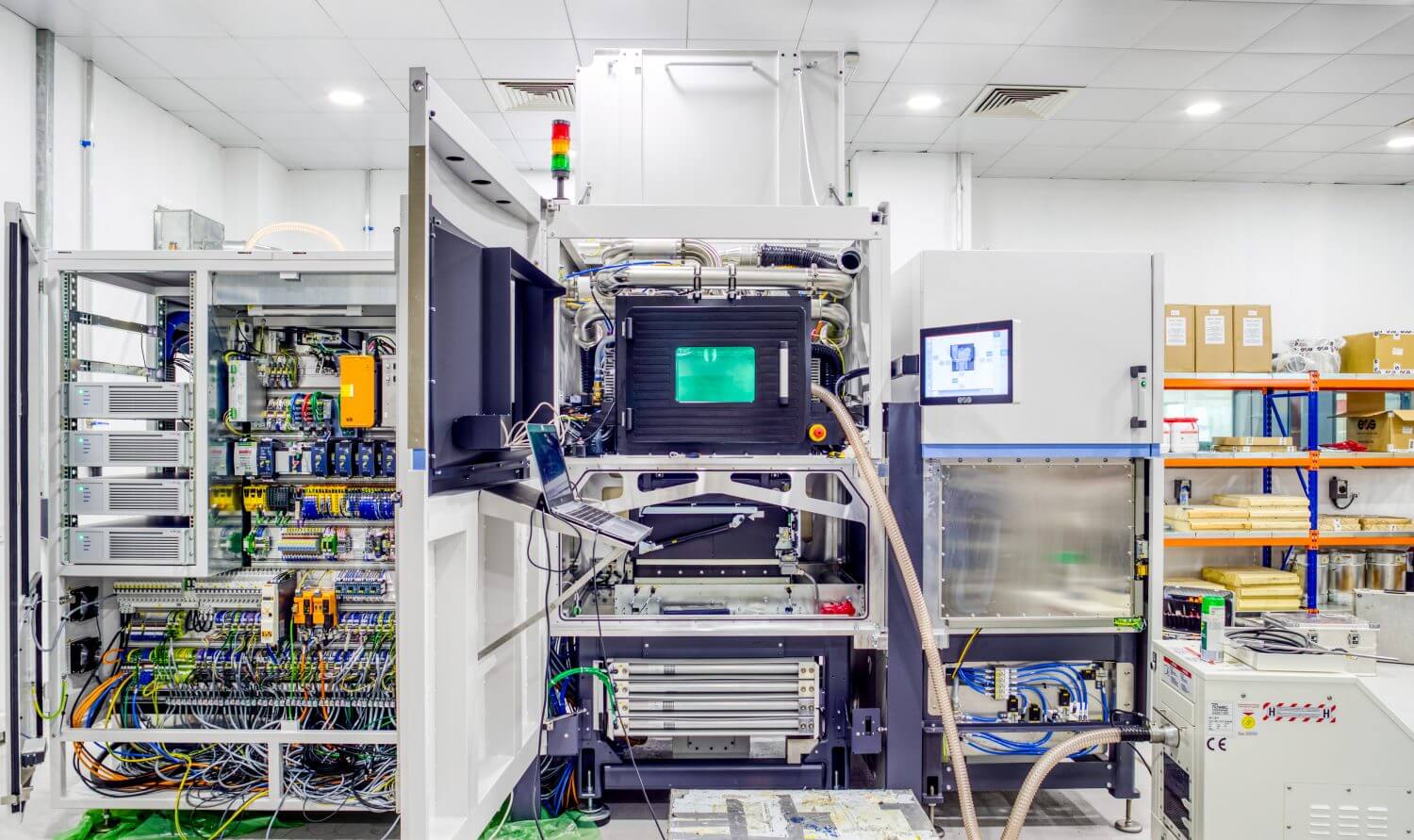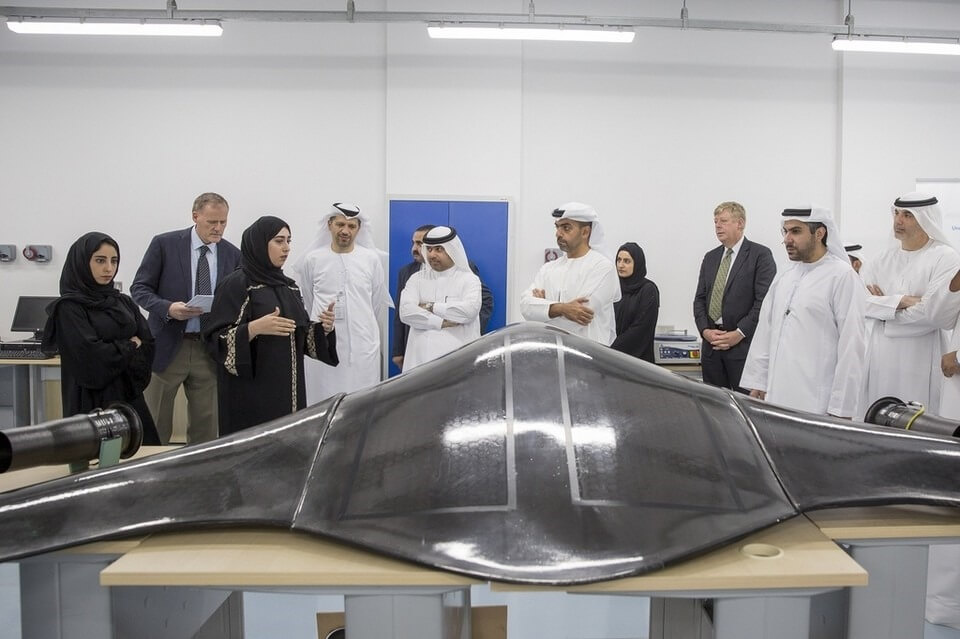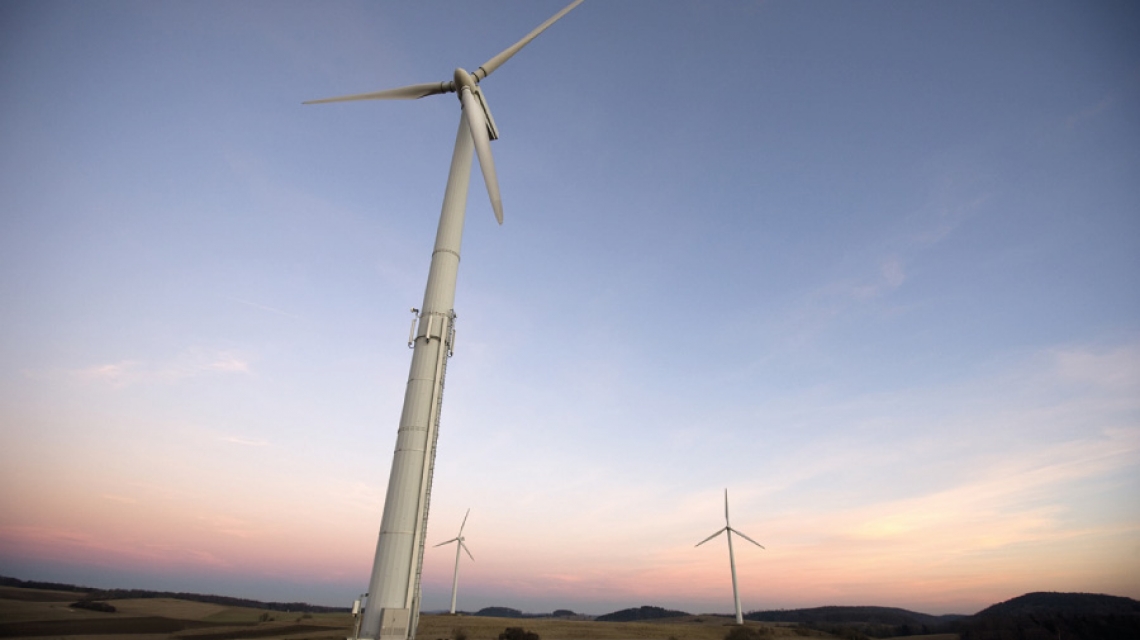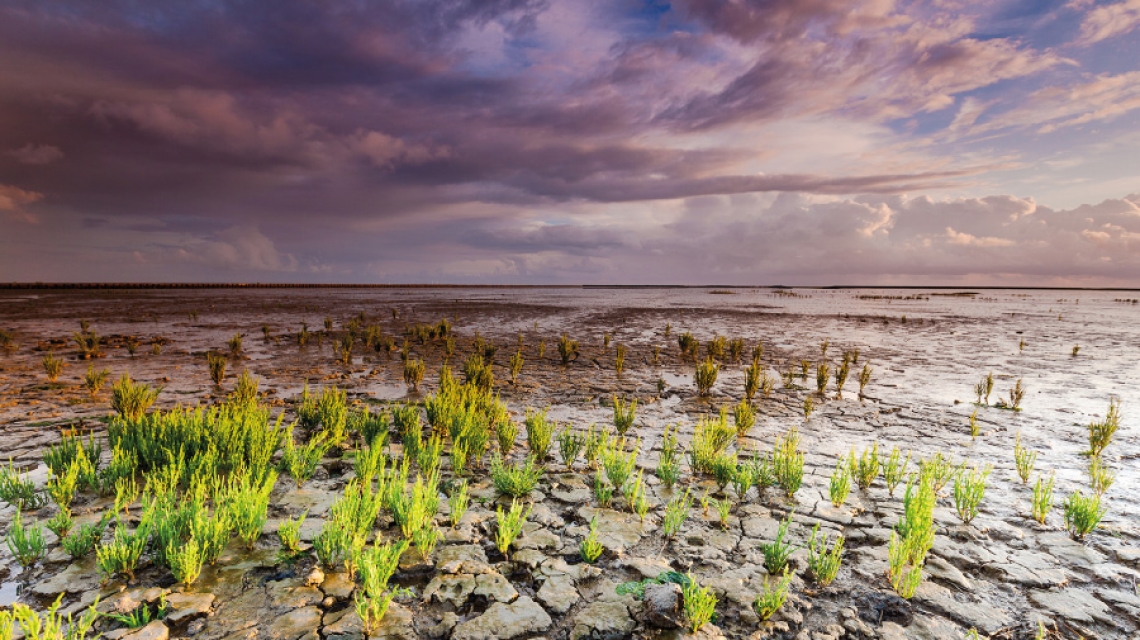
The UAE’s pioneering project to tap into the energy of salt-loving plants to produce a sustainable green fuel was highlighted at the Bioenergy and Development conference held last week in Berlin, Germany, which was co-organized by the World Agroforestry Centre (ICRAF) and the Institute for Advanced Sustainability Studies (IASS).
Dr. Alejandro Rios Galvan, Director of the Sustainable Bioenergy Research Consortium (SBRC) and Professor of Practice, Engineering Systems and Management, Masdar Institute, shared with the conference audience the importance of developing biofuels that do not jeopardize food security or cause social, economic and environmental consequences.
“The SBRC’s innovative biomass-to-energy research project seeks to sustainably produce bioenergy without using fresh water or arable land, thus avoiding the ethical issue of producing fuel from crops which could otherwise be used as a source of food,” he explained.
The SBRC has begun construction of the pilot facility of its integrated Seawater Energy and Agriculture System (SEAS) in Masdar City, which aims to convert salt-tolerant halophyte plants, known as salicornia, into aviation biofuels and other valuable chemicals.
The integrated system is the flagship project of the SBRC – a non-profit consortium focused on research and advancement of sustainable aviation biofuels with members Masdar Institute, Boeing, Etihad Airways, GE, Safran and Takreer – and is expected to be completed by the end of the year.
Presenting under the session titled, “Sustainable Biofuels: Avoiding the food vs. fuel trap with alternative feedstocks,” Dr. Rios Galvan explained how SBRC’s integrated system produces bioenergy and food, sustainably.
“Our project avoids the use of fresh water and large swaths of arable land required by traditional methods of biomass production. Instead we use seawater and desert land to convert salt-tolerant plants into biofuel and valuable chemicals, providing a harmonious and sustainable solution to the biomass-to-energy controversy,” he added.
The integrated system will also raise shrimp and fish, which are good sources of protein for human consumption, and help grow mangroves, which absorb carbon dioxide from the atmosphere. The integrated system may prove to be an excellent model that directly challenges the food vs. fuel trap, turning the debate into a food and fuel conversation.
Dr. Rios Galvan said, “Many of the conference participants had never heard of the SBRC and its integrated bioenergy system. The presentation was well-received and I think it fueled greater interest in what we are doing at the SBRC. I expect that this project will set a precedent for large-scale sustainable bioenergy production.”
Biomass could soon make up a larger share of the world’s clean energy mix, but if the renewable energy source is not cultivated and governed appropriately, the production and consumption of biomass could exacerbate challenges associated with land competition, resource scarcity, soil degradation, biodiversity loss, and climate change.
Identifying promising pathways and technologies to develop bioenergy, such as SBRC’s integrated system, was the main initiative of the conference, which was stated in the “Statement of the Conference Co-Chairs,” available online at http://bioenergy-development2015.org/media.
Finding innovative ways to produce bioenergy that do not jeopardize food security or cause social, economic and environmental consequences is critical to the large-scale development of bioenergy. Dr. Rios Galvan believes the SBRC’s integrated bioenergy system may be the key to producing bioenergy without sacrificing socio-economic and ecological development.
Erica Solomon
News and Features Writer
30 October 2015


